Description
Formic Acid: Nature’s Defender and Industrial Workhorse
Formic acid, also known as methanoic acid, is a simple carboxylic acid with the formula HCOOH. While its name might not ring a bell for everyone, its presence is all around us, playing a crucial role in both natural defense mechanisms and a wide range of industrial applications.
A Natural Defense Mechanism:
The name “formic acid” is derived from the Latin word “formica,” meaning ant. This is because formic acid is famously the active ingredient in ant venom, responsible for the painful sting inflicted when these tiny creatures feel threatened. When an ant bites, it injects formic acid into the skin. This acid causes inflammation and a burning sensation, serving as a potent defense against predators.
Beyond ants, formic acid is also found in the stinging hairs of nettles and in bee stings, further highlighting its role as a natural irritant and deterrent.
Properties that Define its Utility:
Formic acid is a colorless liquid with a pungent, irritating odor. It is miscible (mixable) with water and most polar organic solvents. While it’s the simplest carboxylic acid, it possesses unique properties that distinguish it from its larger relatives, such as acetic acid (vinegar).
- Reducing Agent: Formic acid is a strong reducing agent. It can donate electrons in chemical reactions, a property utilized in various industrial processes.
- Relatively Strong Acid: Compared to other carboxylic acids, formic acid is relatively strong, meaning it readily donates its proton (H+).
- Decomposable: Upon heating, formic acid can decompose into carbon dioxide and hydrogen, a characteristic used in certain applications.
Industrial Applications: A Versatile Chemical:
The unique properties of formic acid have made it a valuable compound in various industries. Here are some key applications:
- Leather Tanning: Formic acid is used in the leather industry for tanning and dyeing. It helps to adjust the pH of the tanning bath, ensuring optimal conditions for the leather to absorb the tanning agents.
- Textile Industry: In the textile industry, formic acid is used as a dyeing agent and as a pH adjuster in various processes.
- Animal Feed Preservative: Formic acid is an effective preservative in animal feed, preventing the growth of harmful bacteria and molds, thus extending the shelf life of the feed and promoting animal health.
- Rubber Production: Formic acid is used as a coagulant in the production of rubber from latex.
- Chemical Synthesis: Formic acid is a valuable reagent in various chemical syntheses, serving as a source of carbon monoxide or formate ions. It’s used in the production of pharmaceuticals, perfumes, photographic chemicals, and other fine chemicals.
- Laboratory Reagent: In laboratories, formic acid is utilized as a buffer and a reagent for various analytical and synthetic purposes.
- Cleaning Agent: Formic acid can be used as a cleaning agent, particularly for removing lime scale and rust.
- Fuel Cells: Formic acid is being explored as a promising fuel source for direct formic acid fuel cells (DFAFCs). These fuel cells offer a potentially clean and efficient energy source.
Safety Considerations:
While versatile, formic acid is corrosive and can cause burns upon contact with skin, eyes, and mucous membranes. Inhalation of concentrated vapors can also be irritating to the respiratory system. Therefore, it’s crucial to handle formic acid with appropriate safety precautions, including wearing protective gloves, eye protection, and working in a well-ventilated area.
The Future of Formic Acid:
Research continues to explore new and innovative applications of formic acid. Its potential as a renewable energy carrier in fuel cells and its role in sustainable chemical processes are areas of significant interest. As we strive for greener and more efficient industrial practices, formic acid is likely to play an increasingly important role in the future.
In conclusion, formic acid is a fascinating molecule with a dual nature. From its role in the defense mechanisms of ants to its diverse applications in industry, it exemplifies the power and versatility of chemistry. While it requires careful handling, its unique properties make it an invaluable chemical compound with a promising future.


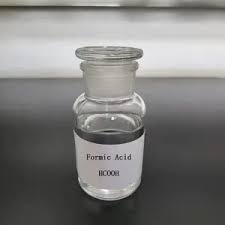
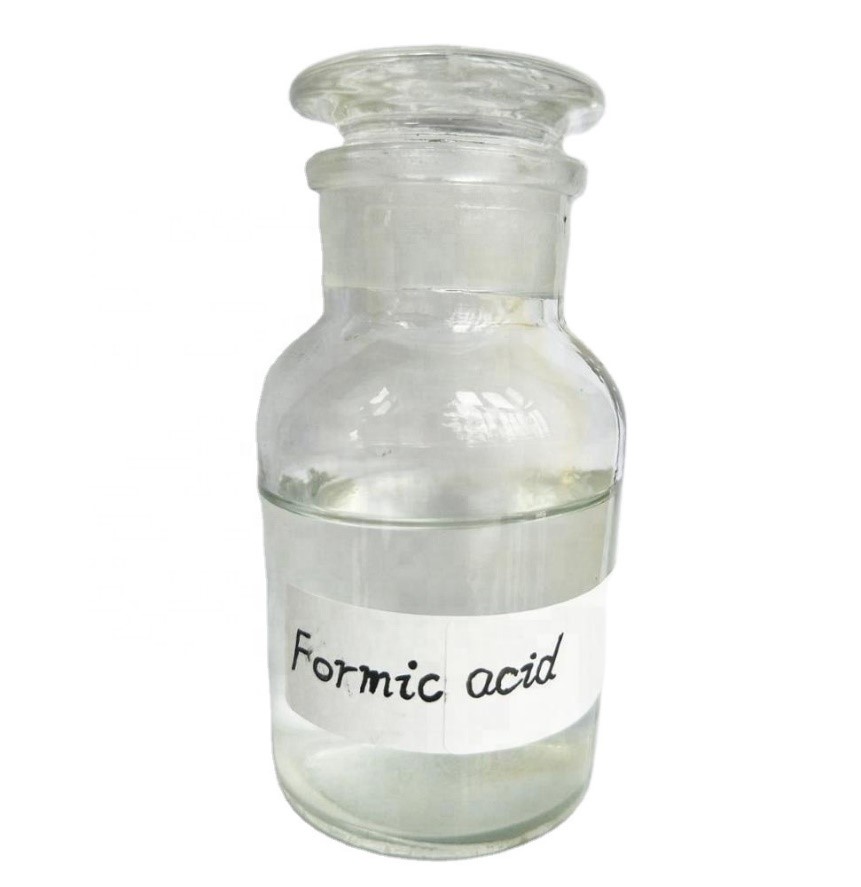
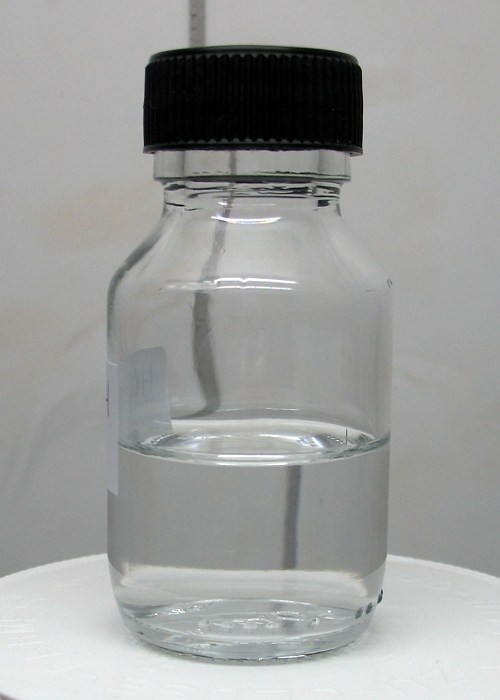


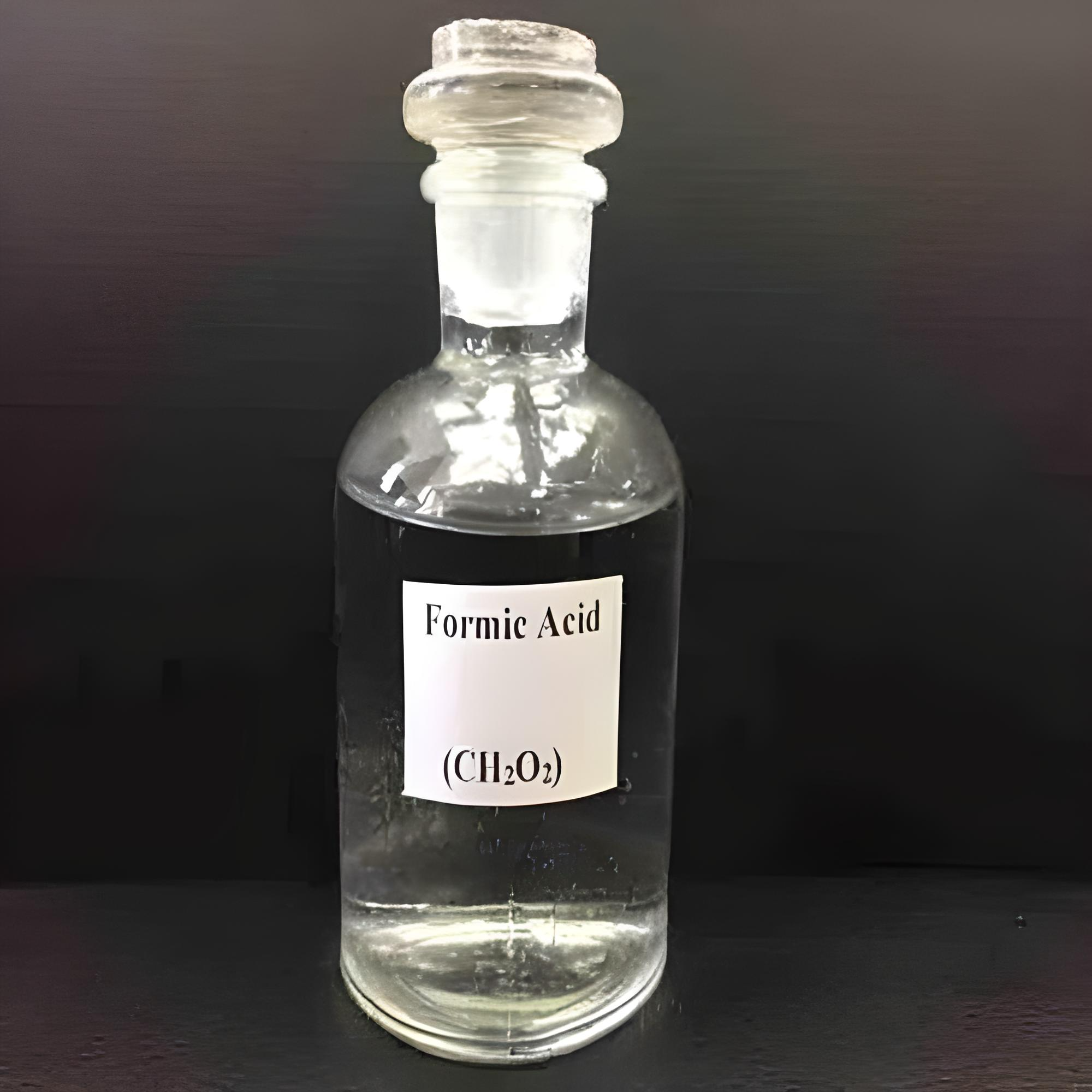
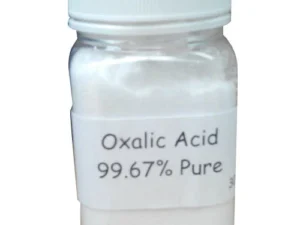


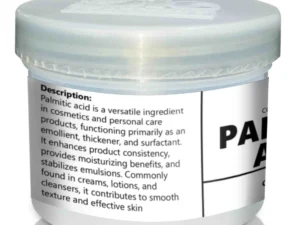
Reviews
There are no reviews yet.